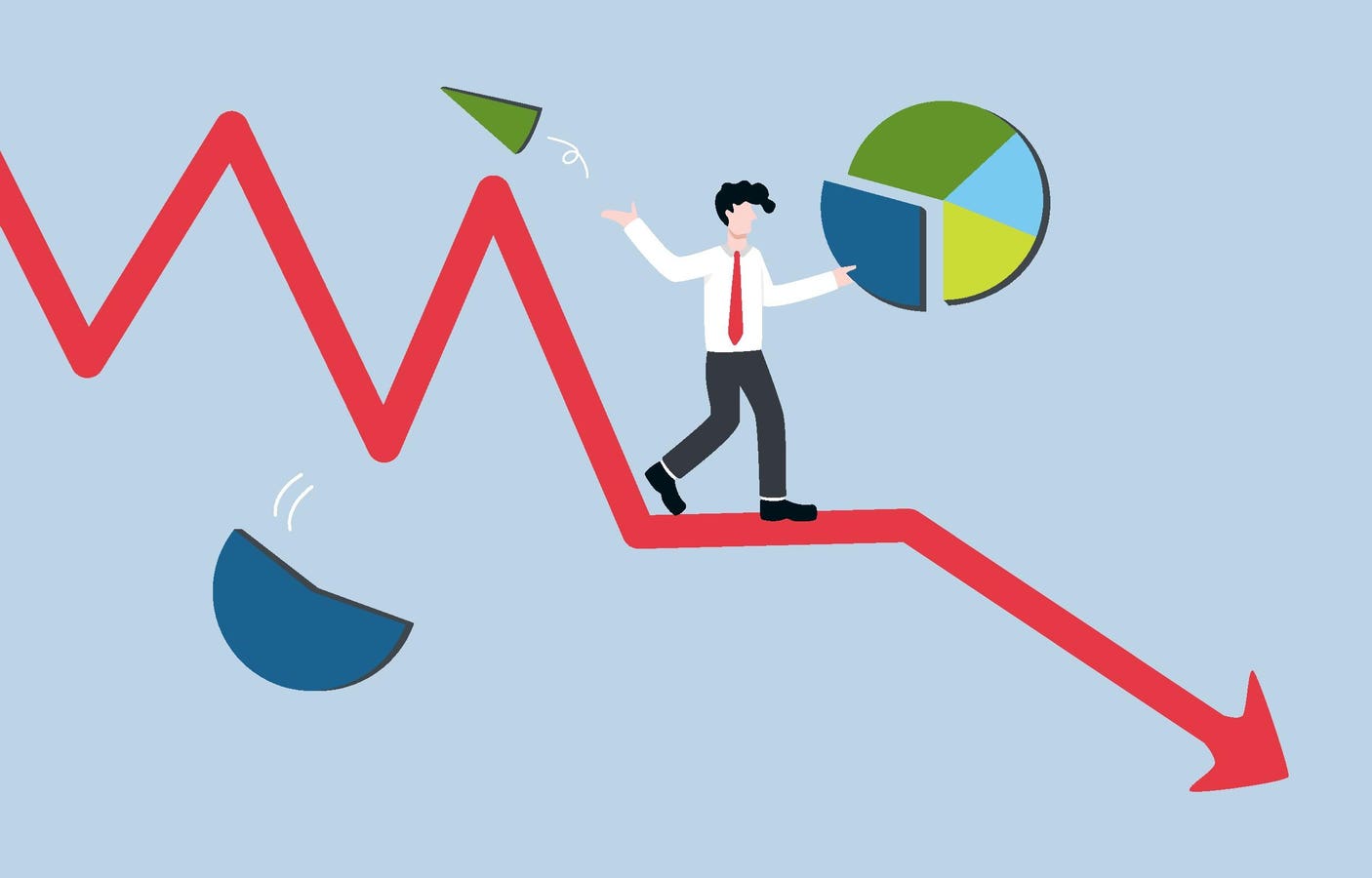Once again, a few up days brought the stock market optimists out of hiding. But don’t believe their assertions that the 2+ month downtrend is over. The market simply bumped up from the 200-day moving average – a common “test” of the longer-term trend measure.
Therefore, this is likely an investor trap that causes worried investors to hang on and aggressive investors to buy more. If so, the stock market eventually will fall again and test new, lower levels.
(And remember: This stock market is still underwater from its December 2021 highs. The incorrect belief is that the 2022 bear market is over. However, until this market makes new highs – that is, inflation-adjusted new highs – it remains in bear market territory.)
But what about the good news that rising interest rates allow the Fed to back off?
It’s the return of the capital market’s strength that is pushing rates up. The proof is in the continuing daily U.S. Treasury rising auction bids by approved Wall Street firms, even as the Fed sits on the sidelines. Two this week are especially noteworthy:
- Wednesday, Oct. 11 – The closely-watched 10-year UST yield bid was 4.61%
- Thursday, Oct. 12 – The longest maturity, 30-year UST yield bid was 4.84%
Clearly, Wall Street no longer expects a quick return to the Fed’s desired 2% inflation rate.
That is the good news because it proves the Fed’s misguided, multi-year strategies are ending. And that means an end to over-leveraged strategies, misdirected capital flows, inequitable interest income cuts, and the Fed’s tepid inflation “fight.”
Those adverse issues have not been lost on Wall Street, bankers, and the many other entities that have had to deal with the abnormal actions and repercussions. Therefore, they are happy to join the welcoming party for the return of traditional capital markets.
There is more “good” news: A recessionary readjustment
As the capital markets freely deal with current conditions, there remains the widespread, disjointed actions caused by the 15-year Fed-driven interest rate and money supply machinations. Those abnormal effects are still baked into the economy’s components, the financial system’s composition, and the minds of consumers and investors. Only a recession can produce the corrective fallout needed to undo those effects – for example, the hyper-leveraged businesses, organizations and asset funds that mistakenly expected the Fed’s low interest rate policy to last well into the future.
Will there be attractive investment values from the brouhaha?
Yes, but not until things become messy, ugly and scary. In other words, not until our stomachs say, “No, way!” A good read is The Wall Street Journal, Heard on the Street article about smaller companies: “These Stocks Are Screaming Recession. It’s Almost Time to Buy Them.” (Underlining is mine.)
“Over the past 11 recessions, a small-cap stock index maintained by MSCI
MSCI
As we know, no recession has been declared. Quite the opposite – the pendulum just swung again, now to a view that a recession has probably been avoided. In other words, if a recession is coming (and the conditions still point to that result), the time to buy small company stocks remains in the future.
Potential congressional reworking of Federal Reserve directives
The 2024 presidential election is bringing forth an appropriate criticism of the Federal Reserve’s goals and actions. So, expect material changes ahead that will reposition the Fed away from overriding the capital markets in normal times to meet the “full employment” goal. The Fed’s most important roles are still ensuring a sound banking system, a strong currency (Federal Reserve notes) and a “lender of last resort” to prevent or cure financial panics.
Congress, for many years, has accepted and approved of the Federal Reserve’s independent actions. However, there is now public discussion, particularly among the Republican presidential candidates, about altering the Federal Reserve’s directives.
To understand the criticism and the potential changes ahead, here are the main goals currently driving the Federal Reserve’s actions. (The FRB of San Francisco’s has a fuller explanation in “What is the Fed: History.”)
- In 1913, Congress created the Federal Reserve. Besides overseeing the banking system, an important goal was to prevent or thwart financial panics by being the “lender of last resort”
- In 1977, Congress added price stability as a goal
- In 1978, Congress added full employment as a goal
A recent Yahoo Finance interview of former Vice President Mike Pence lays out his criticisms that also are shared by other Republican candidates:
“Pence… said the Fed is playing ‘catch-up’ after keeping rates low for too long. He also renewed his calls for the Fed to do away with its dual mandate of price stability and maximum employment, saying the Fed should solely focus on keeping interest rates stable and fighting inflation.
“‘Full employment ought to be the job of the president, of the members of Congress, of governors, and elected officials,’ Pence added.
Regarding Federal Reserve Chair Jerome Powell, Pence said, “We need fresh leadership at the Fed that’s going to step forward and join us in an effort to really tackle the inflation that is waging war on American families.”
“And Pence is far from alone in his disapproval of Powell at the helm of the Federal Reserve. GOP rivals including former President Trump, Florida Governor Ron DeSantis, and entrepreneur Vivek Ramaswamy have all targeted Powell while on the campaign trail, signaling a desire to replace him once his term expires.”
The bottom line – The current Federal Reserve created problems it cannot fix
The Fed has made mistakes before, but never ones so large, lengthy and pervasive. So, the question is: What kind of a recession is needed to fix them?
Simplistically, the answer is it needs to be a real one. That means the economy (spending and production) turns down, unemployment rises, the financial system tightens up, and weak companies and organizations are restructured, taken over or closed.
What about inflation? That is the uncertain issue. Neither the significant 1970 recession nor the terrible 1973-1974 recession could tame the inflation cycle that began in 1966. It took the 1980 and 1982 double recession period, driven by a very stern Fed Chair Paul Volker, to break its back.
So, the best investment strategy remains holding 5+% interest-yielding money market reserves.
Read the full article here







